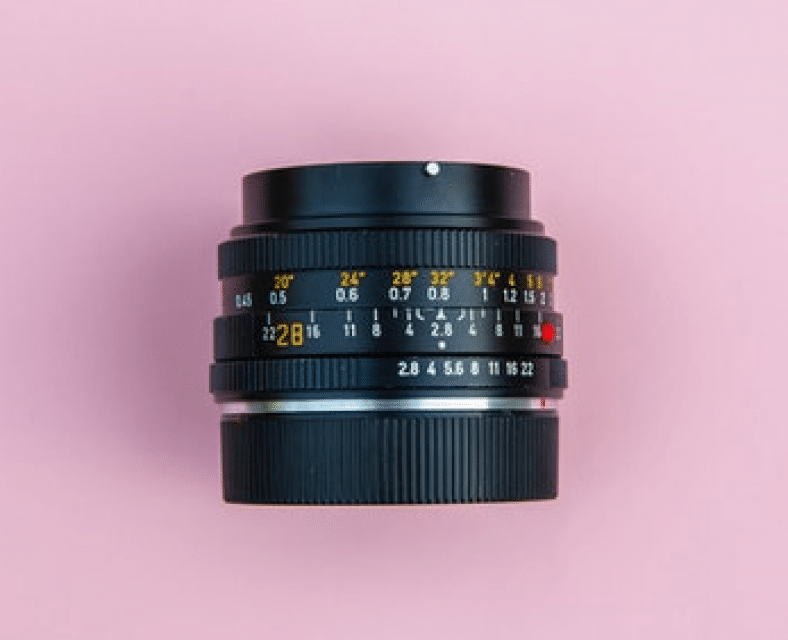The focal length of a camera lens determines what type of lens it is. The focal length features visual effects or graphics that are utilized to tell a story in cinematography. So, what does a normal lens’s focal length mean, and how does it affect the image? To find out, let’s look at the normal lens definition and see what we can learn.
Normal lens focal length
A ‘normal lens’ has a focal length roughly equivalent to the film format’s diagonal or the image sensor of a digital camera. When viewed through a standard lens, the perspective of a scene looks to be the same as how your eye views it. Normal 35mm camera lenses have a focal length of about 50 mm.
The perspective acquired in an image recorded with a normal lens is remarkably true to life, so the use of normal lenses is popular among street photographers. 36mm by 24mm is the size of a focal length DSLR sensor. A scaled or APS-C sensor measures 22.7mm by 15.1mm on average.
A wide-angle sensor’s normal focal length is 43.27mm. This is usually rounded to 50mm or 55mm. A cropped sensor’s normal focal length is 27.3mm, rounded to 28mm.
Telephoto or Wide angle
The usual focal length determines this. Wide-angle lenses are shorter than normal, whereas telephoto lenses are longer than normal. The wide-angle on a full-frame camera, for example, is 28mm (standard for cropped sensor cameras). A telephoto lens is 50mm (standard for a full-frame) mounted on a cropped sensor camera.
Field depth
The space before and behind the actual point of focus, known as depth of field, is acceptable sharp for a given aperture. The aperture controls the depth of field. Furthermore, the smaller the aperture, the greater the area of emphasis where the lens is focused. These areas are typically one-third in front of and two-thirds behind the point of focus. The image looks to be so beyond such distances.
The focal length is tied to the depth of the field. The deeper the depth of field for a lens, the shorter the focal length. The longer the lens, the less sharp it will be in front and beyond the focal point.
Cropped sensor cameras have a smaller sensor area. They are lighter and have a better depth of field. They also have fewer lens options: the smaller they can use the sensor, the more compact the lens can cover it. The full-frame cameras provide higher resolution. Larger photosites result in greater ISO performance and a shallower depth of focus, making out-of-focus backdrops easier to achieve.
What is the purpose of a normal lens?
Normal lens focal length has a limited field of view, limiting what you can put into a frame, which can also be difficult to photograph in tight areas.
However, they have a more natural way of capturing subjects, even though they create closer shots. A normal lens’ genuine appearance is ideal for personality compositions.
